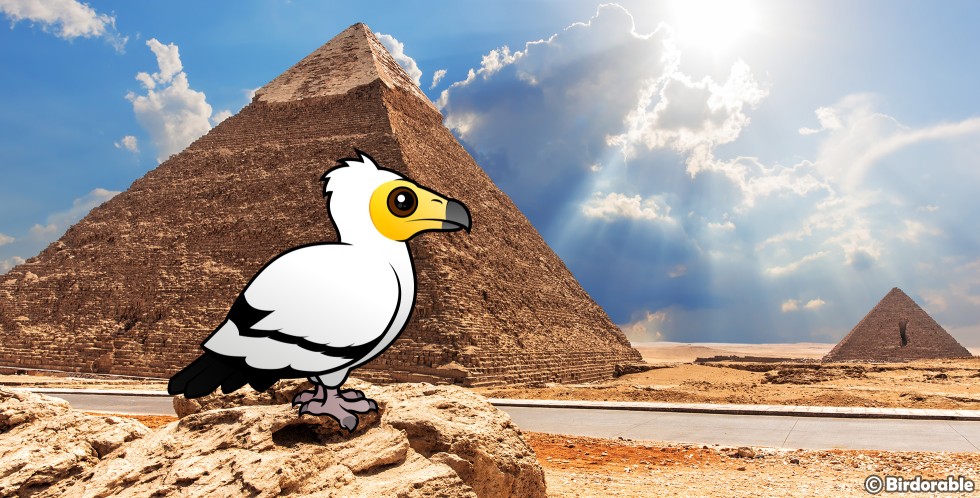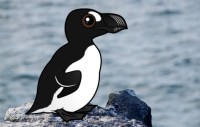International Vulture Awareness Day
Vultures Unveiled: 14 Must-Know Facts About Nature's Clean-Up Crew

Yes, vultures can be cute - our Birdorable vultures prove just that! Although vultures may be known for eating dead things, using projectile vomit as a defense measure and even cooling themselves by urinating on their own legs, these carrion-eating baldies aren't all about the ick-factor. For example:
- The Egyptian Vulture is one of the few species of bird to use tools. It will lift small rocks in its beak and smash them into ostrich eggs to crack the hard shell. Clever birds!
- While Lammergeiers don't use tools, they do have a clever way to get at their favorite food. They will drop large bones while flying in order to crack them into pieces. With clever strategies like that, who needs tools?!
- Several vulture species lack vocal organs so they are only able to hiss or grunt. No screaming banshees here!
- Several species including the Turkey Vulture are extremely gregarious. Birds will roost in large community groups which may include several hundred individuals. The vulture's motto: We Are Fa-mi-ly!
- California Condors are especially fastidious and may spend hours a day preening their feathers. Beauty queens!
- Courting Turkey Vultures will gather in a circle to perform hopping movements around the perimeter, with wings spread. Yes, they put on the dance moves to attract a sweetheart!
- The Rüppell's Vulture holds the height record for avian flight, with the ability to fly up to an altitude of 37,000 feet. These birds have their place in the avian extreme games!
- Vultures often remain inactive until the sun has warmed up the air with sufficient thermals to support soaring. These sleepyheads need the sun to get going on their day's work. I know some people like that!
- The Palm-nut Vulture is so named because its favorite food is the nut of the Oil Palm tree. A veg-loving vulture!
- The Cinereous Vulture is also known as the Monk Vulture, because its ruff of neck feathers resembles a monk's cowl. Even vultures get funny nicknames.
- Often vultures gorge so much they can’t fly. Vultures know how to pig out, and they aren't afraid to do it!
- The Turkey Vulture can glide for over six hours without flapping a wing. Another extreme avian sports contender, category: endurance.
- California Condors and several other vulture species mate for life. How romantic!
- The Hooded Vulture is abundant through most of its range and is usually unafraid of humans. They are sometimes called "garbage collectors" by locals. In fact all vultures are nature's original waste managers!
- Like many wildlife species vultures have suffered from loss of habitat and illegal hunting. Several vulture species have suffered up to a 99% population decrease in India and neighboring countries due to poisoning from livestock pharmaceuticals.
That last trivia point is not actually one of our favorites, but it is an unfortunate fact. Today is International Vulture Awareness Day 2009, which promotes vulture conservation. This post is part of the Blog for Vultures carnival coinciding with IVAD09. Learn more about vultures, vulture conservation and awareness by visiting the other participants in today's virtual event. Click on the nifty badge below to learn more!

















Comments
Leave a comment
Thank you!